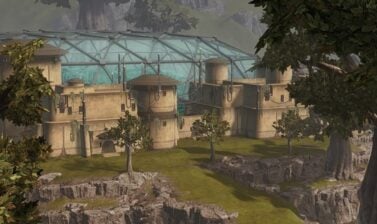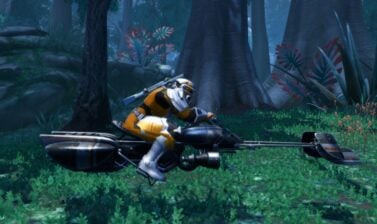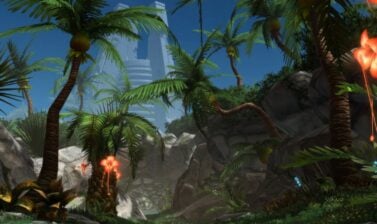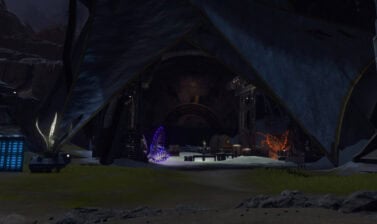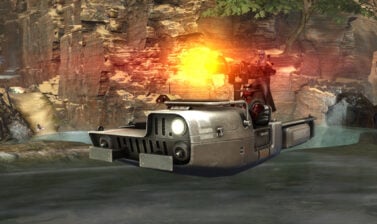Ability Trees replaced Utilities with the release SWTOR’s 7.0 Legacy of the Sith expansion. This guide will explain how the system works and provide tier lists for every spec in the game.
Table of contents
Ability Trees Design Overview
Ability tree talents often leverage the distinguishing features that are unique to fighting a specific type of enemy in order to offer stronger boosts while simultaneously hindering that boost’s viability against other enemy types primarily or exclusively found in other types of content.
For example, buffs intended for use in solo content against trash mobs tend to be either short-lived, rely on you specifically being the one to defeat an enemy, or trigger upon entering or exiting combat. All of those events happen quite often in solo content, but never or unreliably occur in an Operation.
This approach allows the developers to retain balance in group content while letting players feel more powerful when playing alone. It also helps with immersion by making you feel more like a galactic hero (or villain) that can crush groups of weaker enemies in an instant, while formidable foes demand more focus for a sustained period of time.
Ability trees allow the developers to balance PvE and PvP separately. This capability is not being fully utilized at the moment, but balance is a process.
Since solo content-oriented talents tend to be the most obviously powerful, this approach also teaches new and casual players about concepts essential to success with SWTOR’s combat, like rotations, APM, and target prioritization.
When ability tree talents don’t feature these enemy type-specific restrictions, they tend to be balanced such that they offer roughly equivalent performance, or some are just worthless. Choosing one over the other might not be a significant buff that has a truly defining impact on your playstyle and performance.
Instead, it is likely to be a minor optimization for a super specific situation, as opposed to something weaker that’s more generally useful, or offer a reward of slightly greater effectiveness if you can overcome the challenge it poses.
It’s also important to note that tactical items use the exact same framework. Discipline-specific tacticals almost always offer the most powerful effects, but they are only viable against a single enemy type and will affect your rotation.
Conversely, the more generalized options are weaker but feature a wider number of applications and are typically easier to fully utilize.
The combination of both specialized and unspecialized options creates some room for preference and build variety within a given type of content. Some elements of a build end up being essential, while others are just the default.
Build Types and Enemy Tactics
Ability trees offer choices between 3 talents. Each of which is designed to enhance your performance against one of the 3 main enemy types in SWTOR. These enemy types correspond to the main types of content in SWTOR as well:
- Bosses (Ops and FPs)
- Trash Mobs and Adds (Story, Dailies, FPs)
- Other players (PvP)
It makes sense to create builds around these focal points, and that’s what I do or am working towards doing in my DPS guides.
Boss Fight Builds
In boss fights, your top, coequal priorities are executing mechanics and dealing maximum, typically single-target, sustained DPS. The talents in these builds maximize sustained DPS, though sometimes you will need to adjust to account for specific mechanics or provide utility to your group.
Boss Fight builds also include talents that increase your survivability and active mobility because you can’t deal damage or do mechanics if you aren’t alive or in range.
These builds are inferior against regular enemies because your AoE is weaker and less immediate in exchange for being more efficient and sustainable. You’re relying on your target to be alive for an extended period of time to deal damage, and enemy health typically doesn’t line up with a full-fledged boss rotation.
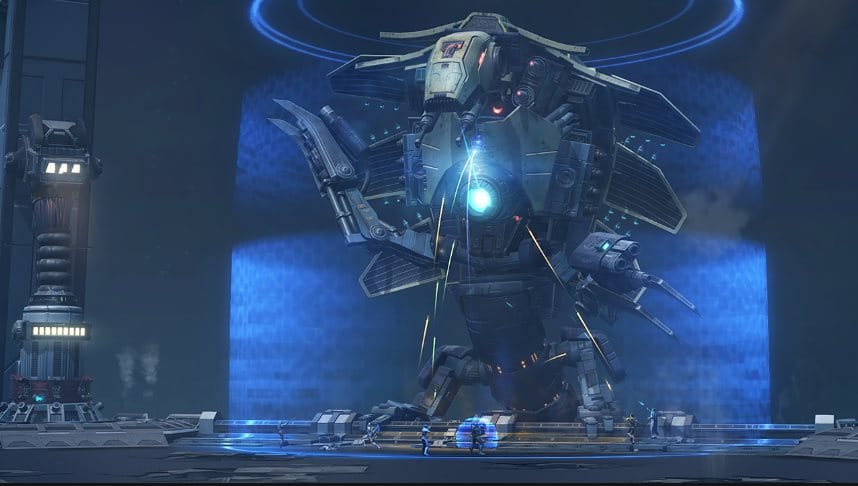
Bosses and players have very different attributes, so builds designed for boss fights are far less performant in PvP. Your CC is minimized to whatever you get for free, and your instantaneous spike damage will be weaker or outright non-existent.
Reduced control and less spike damage mean most of that extra sustained damage is going to get healed or mitigated by a DCD.
Survivability is also more important in PvP because you don’t always have a healer around and outlasting your opponent usually decides who wins the round or gets the objective.
Solo Content Builds
In story content, on planets, and in Flashpoints, you’ll almost exclusively encounter regular enemies AKA trash mobs.
While you can technically use DPS to measure performance against trash, it is far more appropriate to think in terms of how many GCDs it takes to defeat each enemy and a whole group, and which talents get you over the threshold and actually reduce the number of hits to kill.
Solo Content builds almost always use AoE tacticals, which offer no boost to single-target damage, typically by converting a powerful single-target ability into an AoE.
Boss adds are not balanced to require additional AoE, but sustained DPS checks demand the sustained DPS tacticals I recommend for Boss Fight builds.

As of 7.0, SWTOR now offers dedicated talents that are designed and balanced for use specifically against trash mobs for most builds. This is one of the bigger innovations from ability trees.
These talents almost always have effects that trigger when you specifically defeat an enemy or when you enter or exit combat. They expand single-target attacks into powerful AoEs (just like AoE tacticals) or reset cooldowns on specific abilities, often with a massive, yet short-lived, damage boost attached to it.
These factors come together to create a truncated rotation that incentivizes a high APM and deals enough damage to defeat an entire group of trash in a flashy way in a matter of seconds.
Yes, trash mobs pose no threat to someone more invested in the game like you. The advantage of making such a build is that they genuinely deal more DPS. My testing with Assassin showed a ~25% reduction in TTK, and the combat experience was a lot more fun.
These effects aren’t suitable in boss fights because their effects last such a short time and can only trigger reliably when you are in a small group and are fighting enemies that have a small amount of HP.
These same deliberate limitations also prevent them from being effective in PvP because it’s so difficult to predict exactly when your opponent will die, and such buffs aren’t useful after the fact anyway. Furthermore, you often have to give up effects that are more useful in PvP to take these talents.
PvP Builds
These builds are best suited to fighting against enemy players, where survival and control are the name of the game and fight duration is completely variable.
You will be trading a huge chunk of sustained damage output so you can stack as much damage into a single moment as possible, making it harder for your opponent to mitigate any of the damage.
Survivability is king because you secure objectives or win outright when you outlast your opponents, though it also means there is more time for help to arrive.
Controlling effects help immensely with securing objectives and improving the reliability of your spike damage landing, but they also improve your own survivability.
Time where the enemy can’t hit you is time where you aren’t taking damage, and CC is especially helpful to use against enemies that have some sort of OCD or DCD active because you don’t want to be taking more damage than your opponent or not hitting as hard against them.
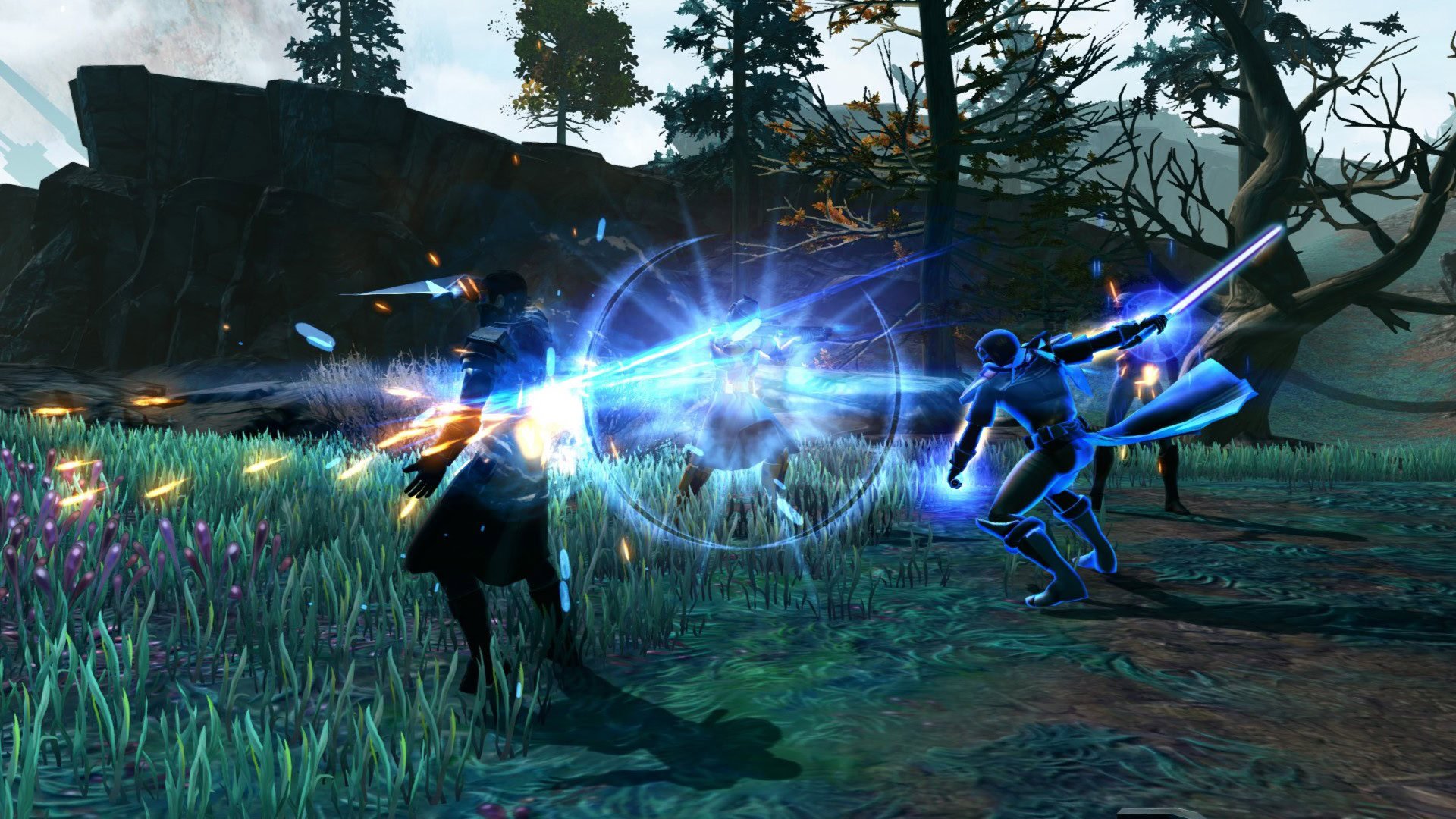
PvP builds are far less effective in boss fights because most bosses are immune to CC and the ability order you use to set up your massive damage spikes requires you to break what would be a sustained rotation by delaying important abilities.
This often results in higher resource costs, but the downtime you’ll experience in PvP from CC and walking helps to mitigate the inefficiency.
Fillers often play a role in survivability as well, so it is as much of a waste to use them either.
The additional CC will be useful in solo content, but your burst is focused onto a single enemy and is often super-duper overkill. It is better to spread that damage out a bit.
Secondary Builds
Some disciplines have additional types of builds or completely viable alternatives in one of the three main categories listed above.
There is a vast chasm that separates these rich tapestries of choices from the dusty old rugs that barely have one functional build with boring, low-impact choices.
Healer and Tank Builds
Since healers and tanks aren’t equally effective in all types of content, they aren’t fully supported by this system.
They’re missing a branch of pure off-DPS options and non-healer companions that can adequately support them in solo content.
For example, healers would be a lot more effective in solo content if DPS companions were more competitive with DPS player potential or designed to be compatible with specific roles.
To me, it makes the most sense for ranged and stealth DPS to use tank companions, healers and tanks would use DPS companions, and non-stealth melee DPS to use healer companions.
It may be challenging to not break the game with such adjustments, so overhauling trash mobs may be necessary, though I believe such an overhaul is already important for separate reasons outside the scope of this guide.
Healer Builds and Talents
Healer ability tree talents tend to offer options that improve effectiveness based on the number of targets, how closely they’re grouped together, and how the damage is going out.
You can build around fights where everybody is stacked up or spread out, with some smaller customizations available for burst/reactive vs sustained/proactive healing preferences.
Tank Builds and Talents
Tank talents offer options that improve effectiveness based on whether a taunt is applied to the target, improving CC, improving single-target performance, and improving AoE performance.
You can build around the needs of the fight, but there are a lot of worthless options, particularly the taunt-dependent buffs.
In order for tanking to be balanced in PvP, much of the buffs to passive damage mitigation need to be migrated to the ability tree.
Common Ability Tree Complaints
One of the most common complaints about the ability tree system is that players often feel like they don’t have a real choice at some levels in their ability tree. However, things look different when you consider the scope of the game that ability trees must cover.
Don’t expect that all choices will be applicable to your preferred content. There are fundamental differences when fighting different types of enemies.
The developers have prioritized creating a system that is accessible, adaptable, and fun for the whole game, not just the part a player might enjoy and play exclusively or mostly.
I assume many would not enjoy having tough choices all the time because then it may feel like you’re constantly having to give something up instead of gaining a consequential performance boost.
SWTOR Discipline and Combat Style Tier Lists
Few disciplines perform well in all 3 types of combat. Most do well in at least 2, but some are only sufficiently capable in a single type of content.
The tier ranking given to each discipline for each type of content describes the holistic relative effectiveness of that discipline for that content type, incorporating everything from real world damage/healing output, group utility, and survivability.
This is most akin to viability, but because the game is made easy by excessive gear, relative effectiveness is a more appropriate term. Even if you can clear practically all content with everything, you will still have an easier time with stronger specs.
That said, a spec evaluated in the table below with an “F” for some of its aspects, does not mean it’s necessary broken, useless or not worth playing. It might be just weaker in comparison.
Click or tap on the Discipline name in the first column or on the Combat Style in the second column of the table to open and read the full guide for it.
Average Discipline Tier
Average Discipline Tier is just the average tier ranking for the spec converted to numbered scoring where F-S maps to 0-5 points.
This grade can be interpreted as the overall completeness of the spec, though the grades are skewed positively with overall effectiveness.
If the spec only has one real build, but that build is versatile across content types, it becomes less representative of overall completeness because ability trees are meant to offer choice.
Average Combat Style Tier
The Average Combat Style Tier is just the average of the Average Discipline Tier grades.
This is a lot more of a generalization, so some detail is lost, but the grade does still represent the overall effectiveness and usability of a given combat style across the entire game. Interestingly, the Force combat styles are much more consistent than the Tech combat styles.
Please note that there is a bias against Tank and especially Healer roles given their significantly worse performance in solo content, so their grades are artificially lower than the pure DPS combat styles.
That being said, these emergent averages remain representative of my opinions about the overall effectiveness of each discipline and combat style.

